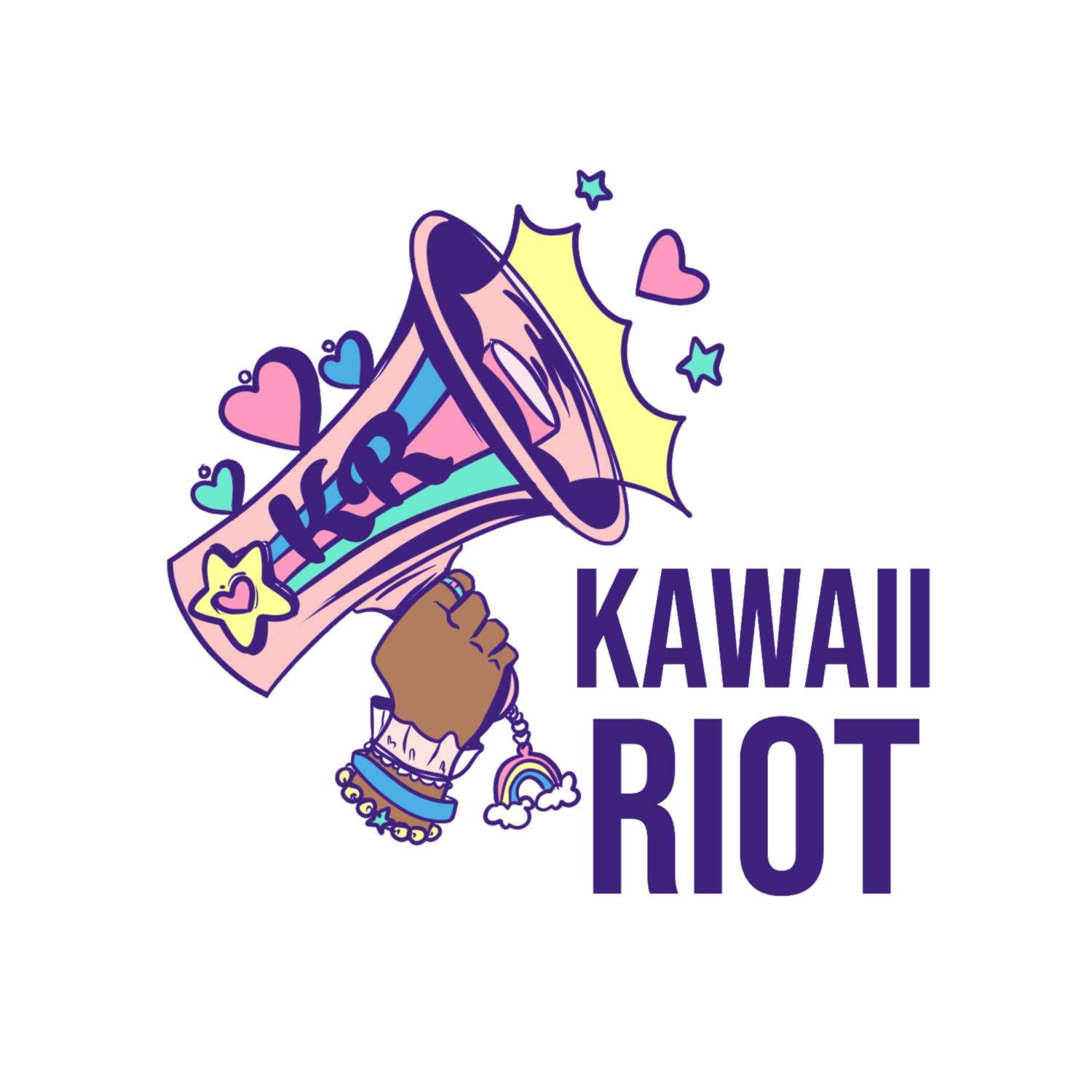Kawaii Riot 101: Intersectionality
Intersectionality: The cumulative way in which the effects of multiple forms of discrimination (such as racism and sexism) combine in the experiences of marginalized people.
You might have seen this long word pop up on social media recently. Intersectionality is not a new term, but it has again surged in popularity as an activist term. It’s an important concept that ensures people are fighting against all systems of oppression and being truly inclusive of all identities in their activism. Let’s go over the history of the term, how it’s used today, and how you can use it in your activism.
The History of Intersectionality
The Combahee River Collective—a Black feminist queer organization—introduced the idea of intersecting forms of oppression in their 1977 statement. They called out the racism within the white feminist movement and sexism in the Civil Rights Movement.
Kimberlé Williams Crenshaw then used the term in her 1989 article “Demarginalizing the Intersection of Race and Sex: A Black Feminist Critique of Antidiscrimination Doctrine, Feminist Theory and Antiracist Politics.”
In the article, Crenshaw points out how Black women are left out from both feminist and antiracism movements. Mainstream feminism only supports white women, while antiracism only focuses on helping Black men.
Both movements fail to discuss solutions for the unique challenges that Black women face. Because Black women are marginalized in both discussions about gender and race, the double discrimination that they experience increases their challenges: “the intersectional experience is greater than the sum of racism and sexism.”
Watch Crenshaw discuss intersectionality today:
As a result of Crenshaw’s work, white feminists began to consider the work of other Black feminists such as Audre Lorde, bell hooks (who spells her name with lowercase letters), and Angela Davis who had long been excluded from mainstream civil rights and feminist movements.
“As long as women are using class or race power to dominate other women, feminist sisterhood cannot be fully realized.”
― bell hooks, Feminism is for Everybody: Passionate Politics
More feminists began to focus on the importance of fighting against both the patriarchy and white supremacy in securing justice for all women.
Intersectionality Today
The use of the word intersectionality has once again exploded in popularity. Here are things to remember to prevent it from being co-opted by privileged groups of people.
Intersectionality Is Radical
Intersectionality is rooted in Black feminism, which calls out the civil rights and feminist movements for excluding Black women and Black people who were not in the middle or high class. When you call for intersectionality, you are seeking to overturn white supremacy and patriarchy. Fighting both systems of oppression is necessary to obtaining justice for all.
Intersectionality Is Not A Competition
Intersectionality is not about individuals competing to see who is the most marginalized within a group, nor should it be an opportunity to use performative activism. Intersectionality is about recognizing your own privilege and how systems of oppression operate against marginalized people.
Intersectionality Is a Tool for Accountability
Intersectionality is a tool to call out discrimination and abuses of privilege within marginalized communities. It’s a tool for ensuring that organizations are practicing true inclusion: all marginalized identities should feel heard, respected, safe, and be able to fully contribute in all activities.
How to Be Intersectional in Your Activism
Intersectionality is a complex term, and it’s easy to misunderstand or forget what it means. Here are steps you can take to understand intersectionality further and how you can use it in your activism.
Educate yourself on how different systems of oppression operate and intersect with each other.
Recognize your privilege and use it to help marginalized people.
Center conversations around marginalized identities within activist communities.
Donate to organizations that are intersectional in their work.
Reference Black feminists when you talk about intersectionality!
Citations
hooks, b. (1999). Ain’t I a Woman: Black Women and Feminism. Boston, MA: South End Press.
Crenshaw, K. W. (1989). Demarginalizing the Intersection of Race and Sex: A Black Feminist Critique of Antidiscrimination Doctrine, Feminist Theory and Antiracist Politics. University of Chicago Legal Forum, 1989(1), 139-167.
Library of Congress. Women in the Civil Rights Movement. Retrieved from https://www.loc.gov/collections/civil-rights-history-project/articles-and-essays/women-in-the-civil-rights-movement/


